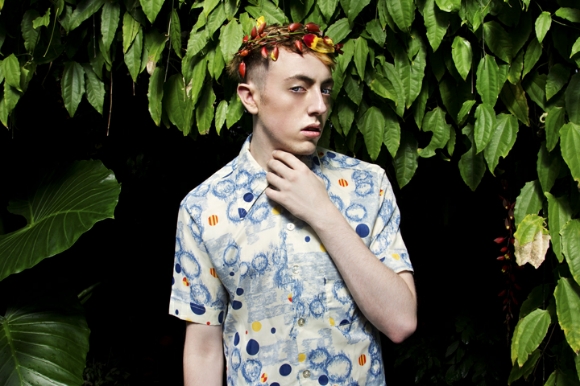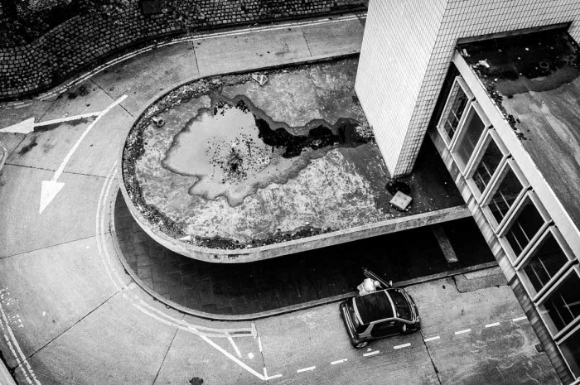
Blazej Marczak is a Polish photographer living in Aberdeen who specialises in portrait and documentary photography. Since 2012 he has been working on a long-term project entitled Neighbours in which he interacts with the locality around him and creates beautiful portraits of individuals and families in their own homes. He began his project in Edinburgh and has continued in Aberdeen since moving there. The series reflects contemporary life in Scotland and a multicultural society that has been in place for generations. He also continues to document Aberdeen and its people in his most recent project, The Grey City. Marczak’s photographs reflect his acute awareness of his surroundings and document contemporary life and landscapes at a pivotal time in Scotland’s history.


Where did you study photography?
I studied at Stevenson College, Edinburgh and received my BA from the University of Abertay, Dundee.
What format do you like to shoot in and why?
I use full frame digital as this is a format that I can afford at the moment. I also love digital for its accessibility, and the low cost of use after the initial investment in a camera. I think all formats are good; it all depends on what you want to use them for. I would love to move to large format in the future as I like the rigour, the flow of working with the format and the possibility to print large without losing quality. I am using a D800 at the moment as this camera is the best body available to me for large prints from digital files.
What inspires you to take your photos?
It could be anything from a book, a chat with someone I know or someone who I just met on the street. It could be a word in a dictionary, a link to an article which I discovered in Google by coincidence. A turning to a street that I wasn’t on before. A statistical data sheet, or a painting.
How do you feel about the photography scene in Scotland today?
I know many photographers that are making excellent work and are in love with the medium. Of course, I don’t know about all of them as I am just at the beginning of my career. We have some amazing exhibitions in Scotland from time to time for sure, but I think photography as an art form is unrepresented. This is a general trend, not only in Scotland.
Unfortunately the majority of photographers have to be careful and watch the terms & conditions all the time with their pictures, as many galleries, organisations and publications are constantly trying to take advantage of their love and dedication to the medium.
Unfortunately this comes from both lesser and more established organisations. Many of them are shouting about being dedicated to photography and to being supportive for photographers, but at the same time they are relying on unpaid internships, which are mostly targeting recent graduates who can’t afford to work for free.
We can only influence the photography scene by doing the things we love and by taking a part in the activities we believe in.
By refusing to undertake unpaid jobs – falsely described as “opportunities” – and pointing out our reasons so that we can help ourselves and others in the creative industries.
My favourite place to enjoy photography is the National Portrait Gallery in Edinburgh which is really getting better and better, but I think we need more independent places. They seem to pop up from time to time and are offering great shows but unfortunately some of them don’t stay around for long. I used to love The Institute in Edinburgh but it is gone now.
Street Level Photoworks in Glasgow is great and Peacock Art Centre in Aberdeen is also featuring some good photographic shows time to time.
I am often getting the impression that photography as an art form is still undervalued, especially by private galleries and it is not treated as an independent art form.
It is also hard to convince the owners to show photographic prints to their audience and make them buy them.
The possibility of unlimited photographic reproduction could be behind their decisions but we have to remember that even art work in bronze, prints etc. were possible to be reproduced in many quantities over centuries. On the other hand, I am very happy to see that the independent book scene is flourishing. I think that, despite all of the challenges, we are fortunate to live in a golden age of photography. Rapid change in technology has made a huge influence on how photography is published and distributed, but we – the young photographers – have to find our own place in this constantly changing photography environment.










